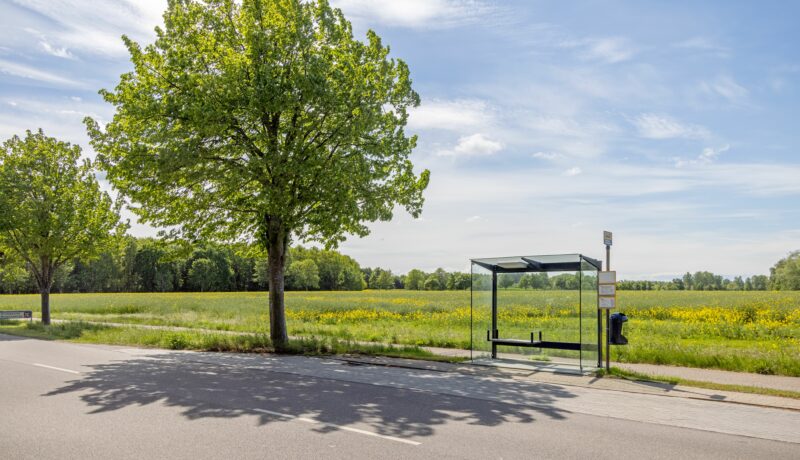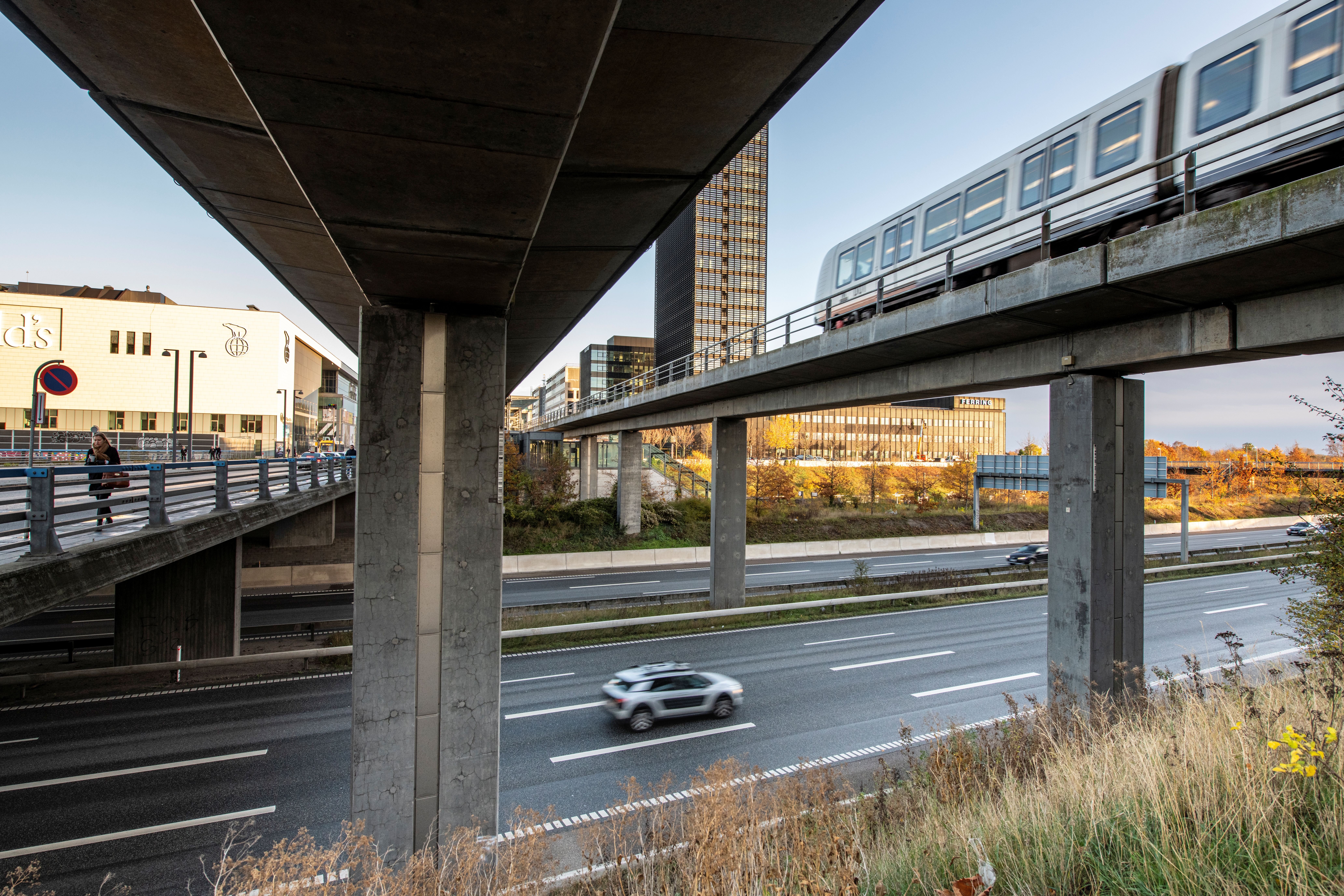INSPIRATION CATALOG
The purpose of this collection of examples is to inspire municipalities to work on creating better bus stop environments, enhancing the bus passengers experience, and attracting more travelers to public transportation. Therefore, this collection should be viewed as an inspiration catalog.
Over the years, The Public Transport Companies have optimized bus routes, frequency, and comfort in buses, thereby improving public transportation and increasing the number of passengers. However, it has become evident that improvements at bus stops and in the surrounding environment have significant potential to not only enhance the experience for current users but also attract more bus passengers.
30% OF THE JOURNEY IS SPENT AT A STOP
30% of the time used on travelling by public transportation is spent getting to and from stops, as well as waiting at these stops before the bus arrives. Therefore, the design of the stop and accessibility to and from the stops are important to passengers.
This is why SYSTRA has chosen to focus on solutions within five main themes:
- Traffic safety and security
- Comfort, information, and wayfinding
- Accessibility
- Sustainability and climate protection
- Landscape and urban spaces
SYSTRA has contacted a wide range of employees in the municipalities involved, who have made their knowledge available for the good examples in the collection.
SUSTAINABLE CHOICES OF MATERIALS AND LOWER CO2 EMISSIONS
According to Statistics Denmark, the transport sector accounts for approximately 25% of Denmark’s total CO2 emissions. By promoting public transportation instead of car usage, CO2 emissions can be reduced, as buses have significantly lower CO2 emissions per passenger kilometer.
The collection of examples describes how the construction of bus stops with a focus on sustainable material choices can contribute to a lower CO2 footprint during the construction phase, for instance, by using the material pyramid and requiring product-specific Environmental Product Declarations (EPDs) and life cycle analyses.
Additionally, sustainable initiatives are described that can help lower operational costs, such as avoiding grass areas that require ongoing maintenance and instead introducing nutrient-poor soil with biodiversity-promoting local plant species, as well as using recycled tiles or alternative pavements.


 Australia
Australia  Brazil
Brazil  Canada
Canada  Chile
Chile  China
China  Columbia
Columbia  Egypt
Egypt  France
France  India
India  Indonesia
Indonesia  Ireland
Ireland  Italy
Italy  Malaysia
Malaysia  New Zealand
New Zealand  Norway
Norway  Panama
Panama  Peru
Peru  Poland
Poland  Portugal
Portugal  Saudi Arabia
Saudi Arabia  Singapore
Singapore  South Korea
South Korea  Spain
Spain  Sweden
Sweden  Taiwan
Taiwan  Thailand
Thailand  Türkiye
Türkiye  United Kingdom
United Kingdom  United States
United States  Vietnam
Vietnam 




